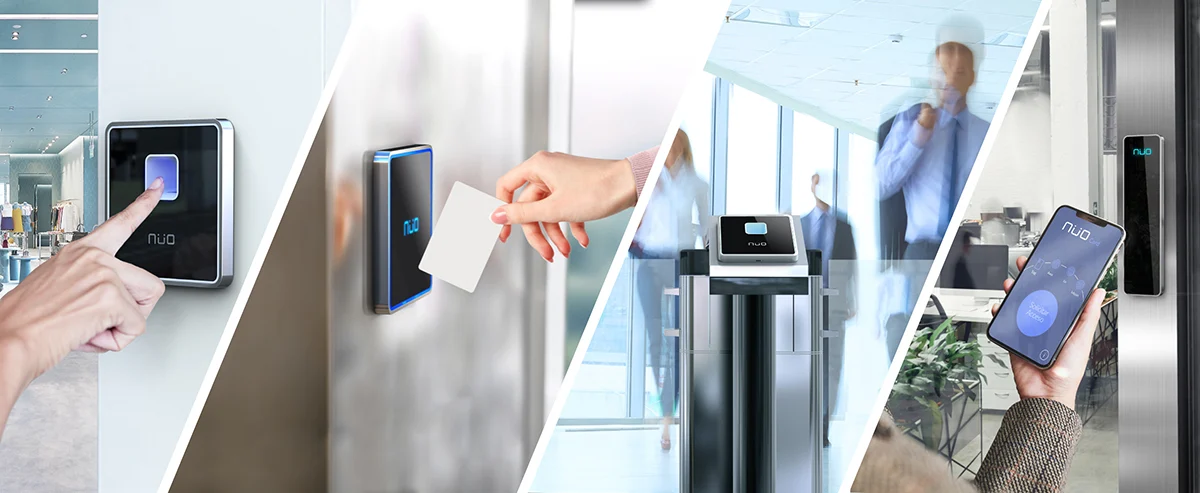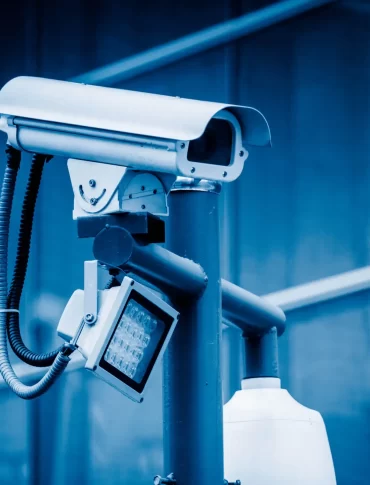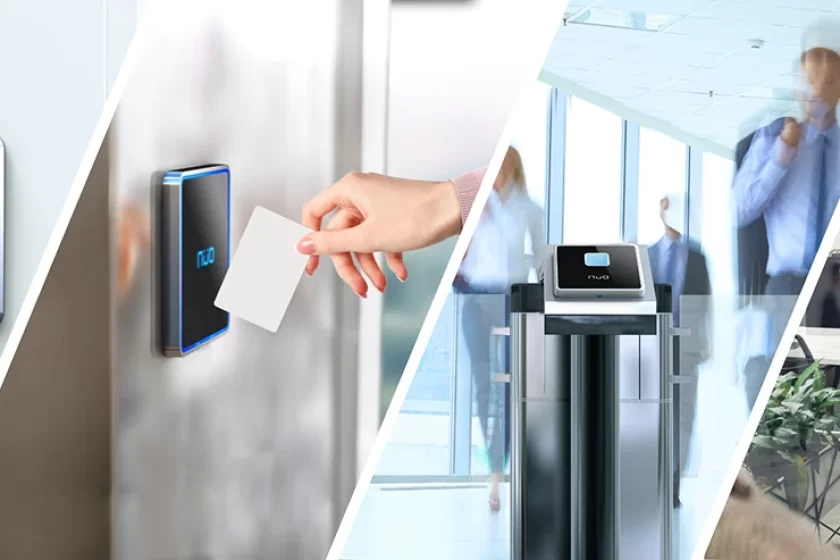

An access control system is a security mechanism that regulates who or what can view or use resources in a computing environment. It serves to manage and restrict access to certain areas, data, or systems based on predefined rules and policies. Here are key components and concepts typically associated with access control systems:

1. Authentication: The process of verifying the identity of a user or device trying to access the system. This is often done through passwords, biometrics (fingerprint, facial recognition), smart cards, or other credentials.
2. Authorization: After authentication, authorization determines what actions or resources the authenticated user or device is allowed to access. Authorization levels are typically defined based on roles or permissions assigned to users.
3. Access Control Models:
4. Access Control Lists (ACL): Lists associated with an object (such as a file) that specify which users or system processes are granted access rights to that object.
5. Authentication Factors: Categories used to verify a user's identity:
6. Single Sign-On (SSO): Allows users to authenticate once and gain access to multiple systems or applications.
7 Auditing and Monitoring: Tracking and recording actions taken by users or systems, which helps in detecting and investigating security breaches.
8. Access Control Models: There are different models for access control such as Discretionary Access Control (DAC), Mandatory Access Control (MAC), Role-Based Access Control (RBAC), and Attribute-Based Access Control (ABAC).
9. Physical Access Control: Beyond digital systems, access control also applies to physical spaces, using mechanisms such as key cards, biometric scanners, and security guards.
Effective access control systems are essential for ensuring data confidentiality, integrity, and availability, as well as for protecting physical assets and facilities. They are a fundamental part of overall security strategies in organizations of all sizes.
